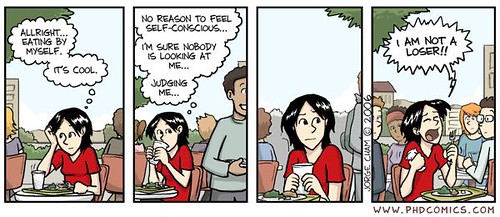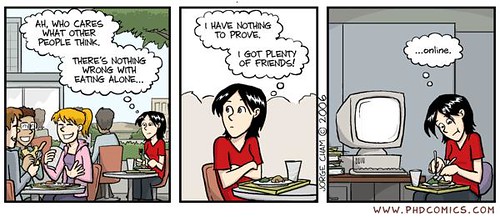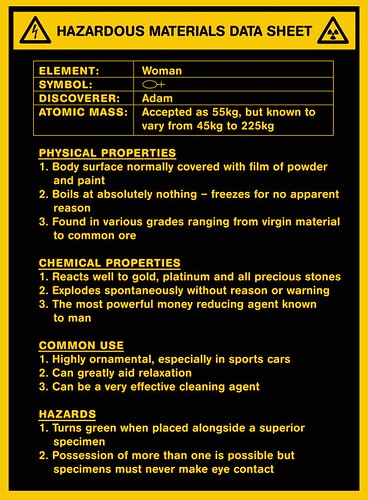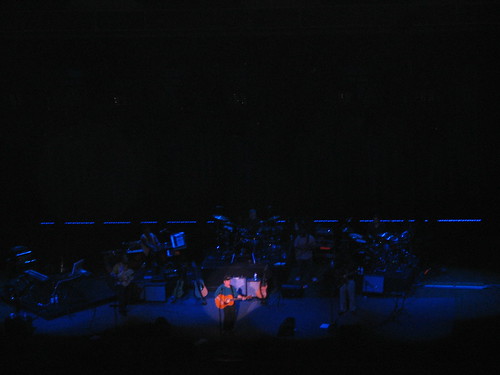"Nhà văn của một thành phố, của u hoài
Một chữ cơ bản trong văn Pamuk là hüzün ( melancholy) tạm dịch là u hoài. Trong Istanbul, Pamuk dành cả một chương để giải thích khái niệm đó, từ ý nghĩa nguyên thủy của chữ hüzün trong Hồi giáo (sự mất mát) đến bức tranh muôn mặt của thành phố, diễn tả một tâm trạng phức tạp pha lẫn phiền muộn, tiếc nuối, bi quan, và cả tự ái, kiêu hãnh. Khác với các mal du siècle và Weltschmerz của phong trào Lãng mạn thế kỉ thứ 19 tại Âu châu, ở đây không phải là một sự buồn chán cá nhân mà là một não trạng tập thể, bao trùm cả thành phố, và có lúc cụ thể như một hiện vật: "những buổi sáng mùa đông lạnh lẽo, khi mặt trời bất chợt chiếu lên eo biển Bosphorus và một làn hơi nước mỏng lãng đãng bay lên, hüzün lúc ấy dày đặc đến nỗi tưởng như có thể sờ được, thấy được nó lan ra như tấm phim nhựa bao bọc mọi con người và cảnh vật" (Istanbul, trang 89). Hüzün là nỗi buồn phải sống ngày qua ngày giữa những tàn tích của một thời kỳ huy hoàng đã qua và sẽ không trở lại.
Tác phẩm và tâm tư Pamuk gắn liền với thành phố Istanbul, với những thăng trầm của gia đình và lịch sử của đất nước. Tuy chịu ảnh hưởng văn hoá Tây phương, nhưng so sánh với Conrad, Nabokov, Naipaul, "những nhà văn du mục giữa các tiếng nói, văn hoá, xứ sở và cả lục địa khác nhau, nuôi dưỡng trí sáng tác của mình bằng sự tha hương, không phải bằng nguồn cội mà bằng sự thiếu vắng nguồn cội", Pamuk nhận định: "trí sáng tác của tôi bắt tôi chỉ ở trong một thành phố, một con đường, một ngôi nhà, chỉ nhìn ra một quang cảnh. Số phận của Istanbul là số phận của tôi: tôi gắn bó với thành phố này vì con người tôi thế nào là do nó làm ra". (Istanbul, trang 6).
Orhan Pamuk là nhà văn của một thành phố. Tất cả các tác phẩm của ông, trừ Snow, đều đặt trong bối cảnh Istanbul, kể cả The Black Book ông viết trong lúc là giáo sư thỉnh giảng (visiting scholar) tại Đại học Columbia, New York, từ 1985 đến 1988. Song, người đọc Istanbul, Memories of a City không thể tưởng tượng thành phố được miêu tả với nhiều bức hình đen trắng cũ kỹ nhạt nhoà này là một với Istanbul ngày nay, một đô thị khổng lồ với hơn 11 triệu dân và vô số nhà chọc trời, sầm uất náo nhiệt, nườm nượp du khách, trung tâm kinh tế và văn hóa của Thổ Nhĩ Kỳ. Istanbul của Pamuk không là những đền đài lộng lẫy, kỳ quan của thế giới như nhà thờ Hagia Sophia, đền Blue Mosque, mà là những ngõ hẹp, những khu phố nghèo lầy lội, những (dinh thự) đổ nát của thời Ottoman còn sót lại. Những con đường hoang vắng, những tàn tích hiu hắt đầy ắp yalishüzün...
...Các cốt truyện xoay quanh một sự tìm kiếm : tìm người mất tích và tìm chính mình. Mình là ai, ai là mình, câu hỏi muôn thuở về bản sắc, khi ẩn dụ khi rõ ràng, dai dẳng trong các tác phẩm của Pamuk, dầu là trong bối cảnh các thế kỉ trước hay ở Istanbul tân thời. Biểu tượng song nhân của Pamuk xuất phát từ những trăn trở riêng tư của ông về chính bản sắc của mình và cả mối quan hệ tranh đua giữa ông và anh trai, nhưng cũng nói lên sự bức bối của một xã hội Thổ vẩn còn đi tìm bản sắc dân tộc, chưa dứt khoát được mình là Á hay là Âu. Truyện của Pamuk có nhiều đoạn dí dỏm, nhiều chi tiết khôi hài và chua cay phản ánh những cái đau đầu hàng ngày của người dân Thổ, trong một xã hội vẫn chưa tiêu hoá được một sự Âu Tây hoá không bén rễ sau gần một thế kỉ áp đặt."


















































